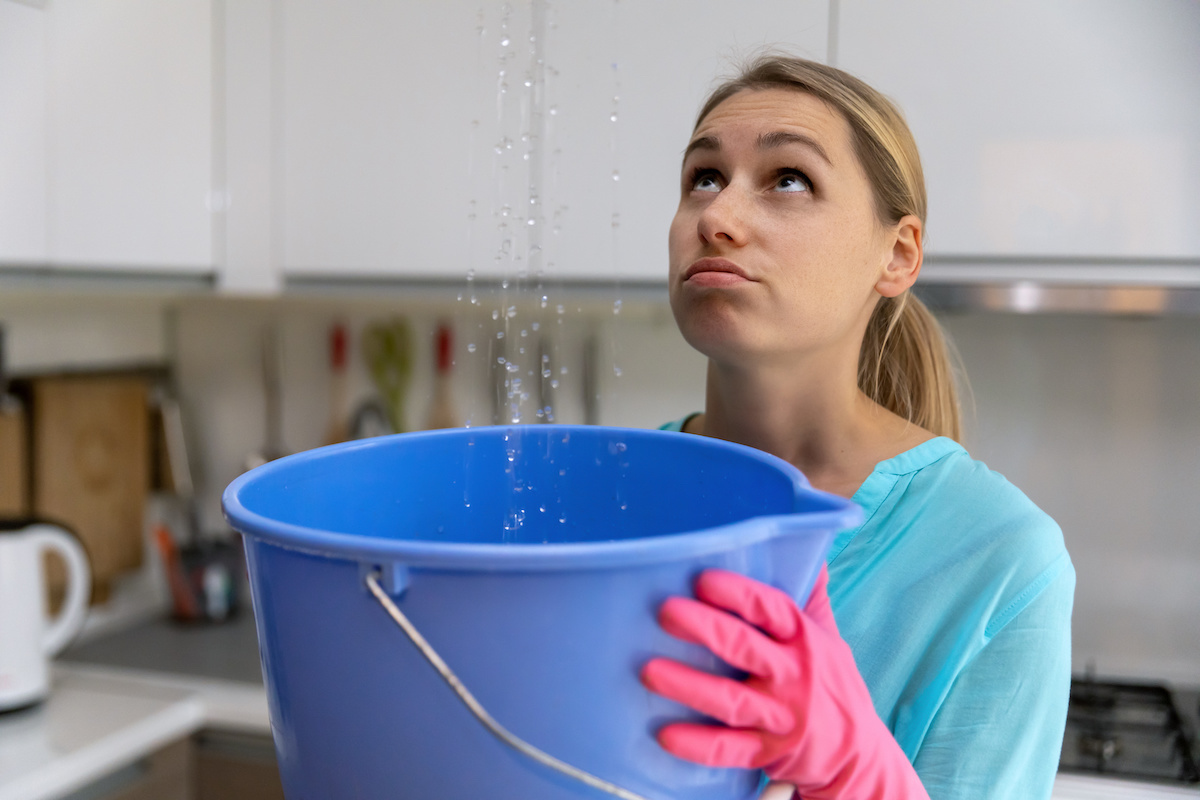Right here down the page you will find additional outstanding guidance when it comes to How Fast Water Damage Can Ruin Your Home.

Leaks not just cause waste of water yet can also trigger unnecessary damages to your home and promote undesirable organic growth. Water leakages may go undetected because many of the pipework in our residence is hidden. By comprehending and also looking for everyday situations that cause leaks, you can safeguard your house from future leaks and unnecessary damage. Today, we will consider 6 leakage causes that may be triggering your pipelines to drip.
Instant temperature level adjustments.
Severe temperature changes in our pipes can trigger them to expand as well as get suddenly. This growth as well as tightening might cause fractures in the pipes, especially if the temperature level are listed below cold.
Corroded water systems
This may be the cause of discoloration or warping on your water pipelines. If our plumbing system is old, think about changing the pipes because they are at a higher risk of rust than the more recent versions.
Faulty Pipeline Joints
The point at which your pipes attach is regularly the weakest link in the waterline. Pipeline joints can wear away in time, leading to water leaks. However, the majority of pipe joints are not quickly visible. If you have loud pipes that make ticking or banging noises, especially when the warm water is switched on, your pipeline joints are probably under a lot of pressure. It is suggested to have your plumber evaluate your system yearly.
Intruding roots
Most water leaks start outside your house as opposed to inside it. If you notice a sudden decline in water pressure, say in your tap, require time to head out and also examine your lawn. You may see wet spots or sinkholes in your yard, and that could indicate that tree roots are attacking water lines creating water to seep out. You can have your plumber check for invasion, specifically if you have trees or hedges near your residential or commercial property.
Poor Water Connectors
At times, a leakage can be brought on by loosened hose pipes as well as pipes that provide your appliances. More often than not, shifting is what creates the loose water Connections. You may discover in the case of a cleaning device, a pipe may spring a leakage because of shaking throughout the spin cycle. In case of a water links leakage, you may see water running straight from the supply line or puddles around your devices.
Blocked Drains
Obstructed drains pipes might be irritating and inconveniencing, but they can in some cases end up creating an overflow bring about burst pipelines. Maintain eliminating any kind of products that may go down your drains pipes that can obstruct them to avoid such hassles.
All the above are root causes of leakages yet not all water leaks arise from plumbing leaks; some leakages could come from roof covering leaks. All leakages need to be fixed promptly to prevent water damage.
Leakages not only cause waste of water but can additionally cause unneeded damages to your residence and promote undesirable natural growth. By looking and also comprehending for day-to-day scenarios that cause leaks, you can shield your home from future leaks and also unnecessary damages. Today, we will look at 6 leakage creates that may be creating your pipes to leak.
At times, a leak can be created by loosened hoses and pipes that supply your home appliances. In instance of a water connections leakage, you may observe water running straight from the supply line or pools around your appliances.
How To Check For Water Leak In Your Home
How To Check for Leaks
The average household's leaks can account for nearly 10,000 gallons of water wasted every year and ten percent of homes have leaks that waste 90 gallons or more per day. Common types of leaks found in the home are worn toilet flappers, dripping faucets, and other leaking valves. These types of leaks are often easy to fix, requiring only a few tools and hardware that can pay for themselves in water savings. Fixing easily corrected household water leaks can save homeowners about 10 percent on their water bills.
To check for leaks in your home, you first need to determine whether you're wasting water and then identify the source of the leak. Here are some tips for finding leaks:
Take a look at your water usage during a colder month, such as January or February. If a family of four exceeds 12,000 gallons per month, there are serious leaks.
Check your water meter before and after a two-hour period when no water is being used. If the meter changes at all, you probably have a leak.
Identify toilet leaks by placing a drop of food coloring in the toilet tank. If any color shows up in the bowl after 10 minutes, you have a leak. (Be sure to flush immediately after the experiment to avoid staining the tank.)
Examine faucet gaskets and pipe fittings for any water on the outside of the pipe to check for surface leaks.
Undetected water leaks can happen without the home or business owner even realizing. If you suspect a water leak, but not able to find the source. It is time to contact a professional water leak detection service, The Leak Doctor.
How To Find a Water Leak In Your Home
https://www.leakdoctor.com/blog/How-To-Check-For-Water-Leak-In-Your-Home_AE197.html

As a serious reader on How to detect water leaks in your home, I thought sharing that piece of content was beneficial. Do you know another individual who is involved in Common Water Leaks In House? Feel free to share it. I am grateful for your time. Please check our site back soon.
Click Here To Find Out More